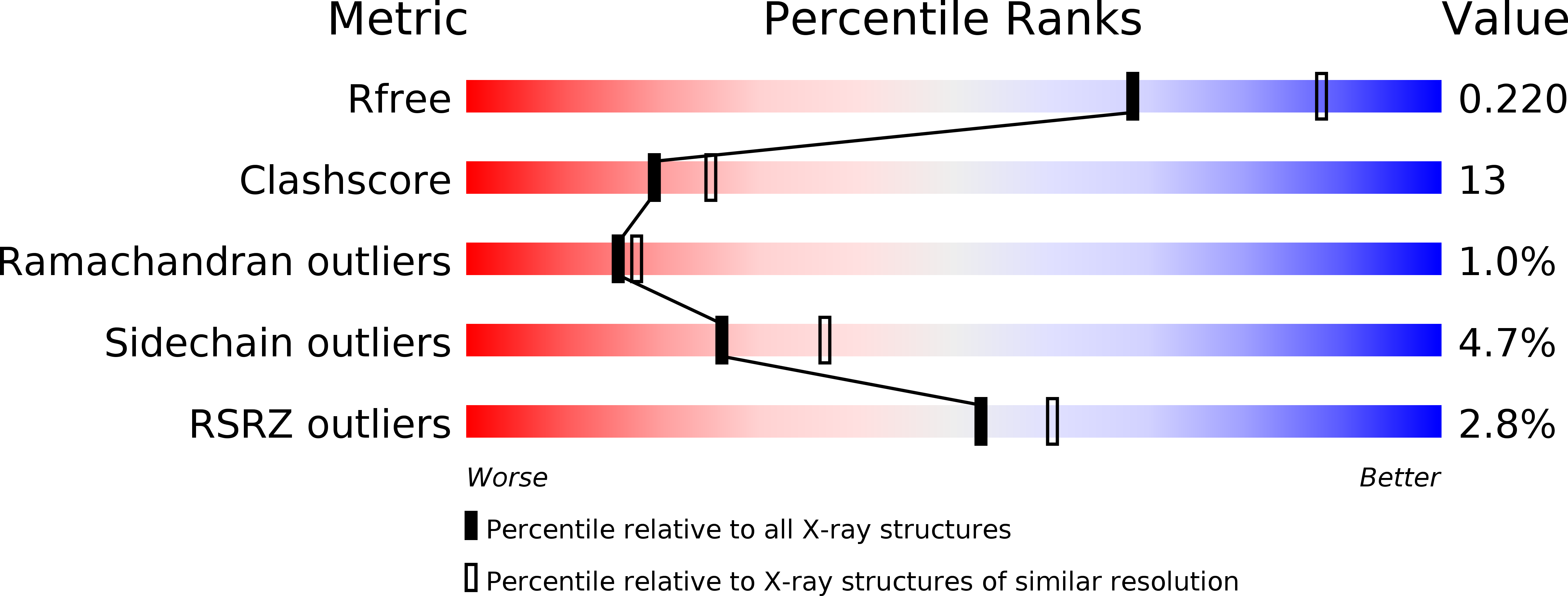
Deposition Date
2009-12-21
Release Date
2010-05-19
Last Version Date
2023-09-06
Method Details:
Experimental Method:
Resolution:
2.29 Å
R-Value Free:
0.22
R-Value Work:
0.17
R-Value Observed:
0.17
Space Group:
P 1 21 1


